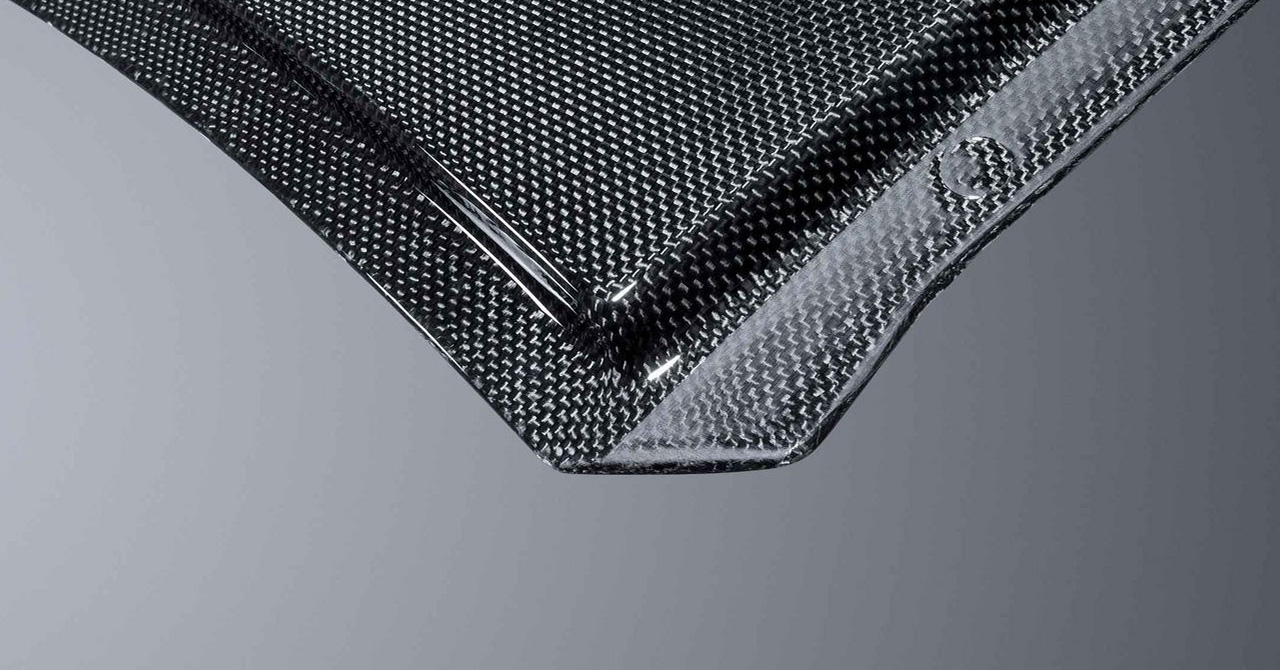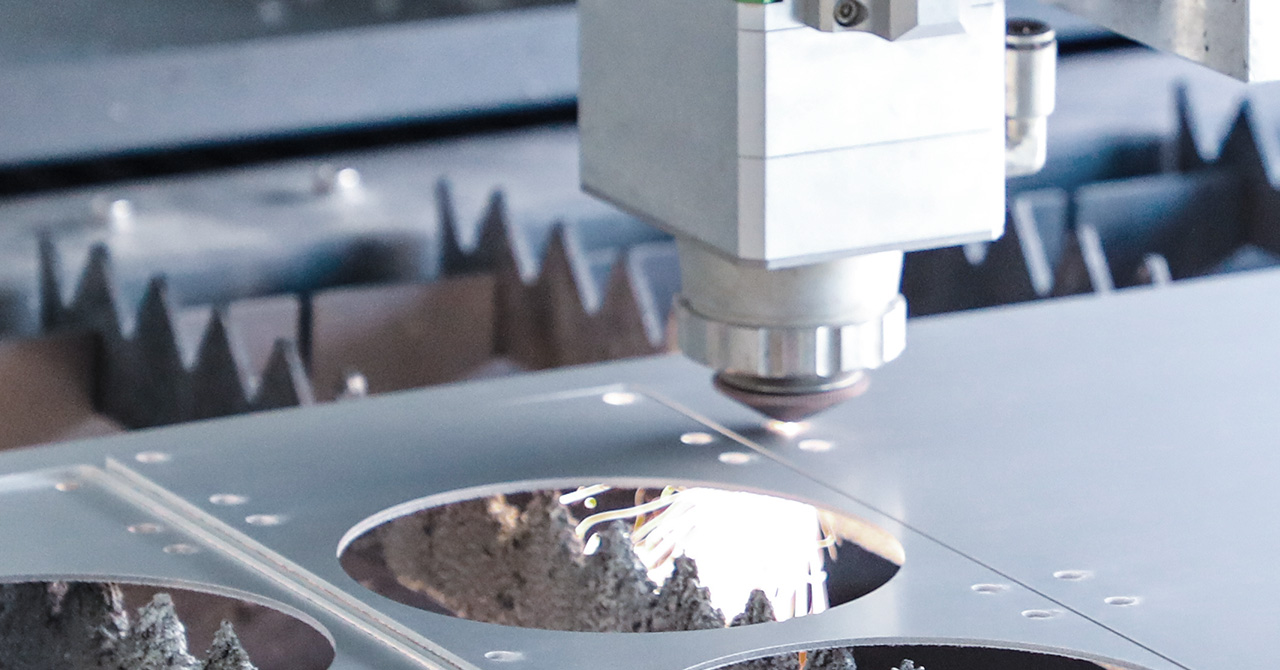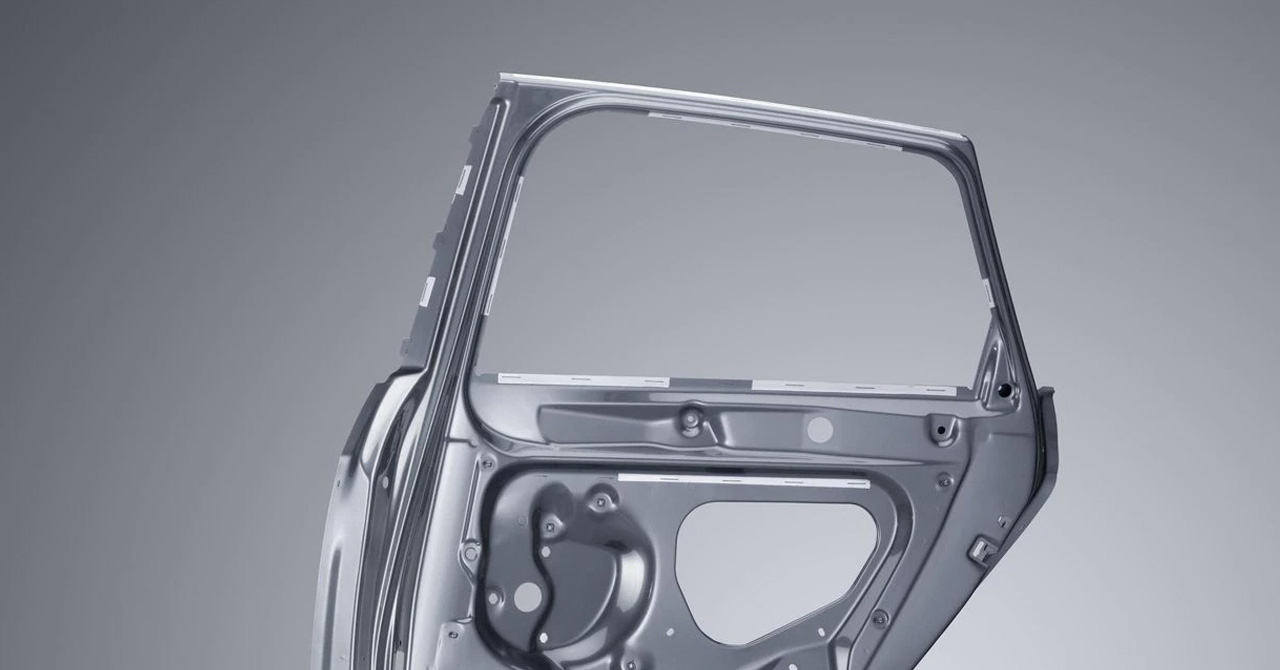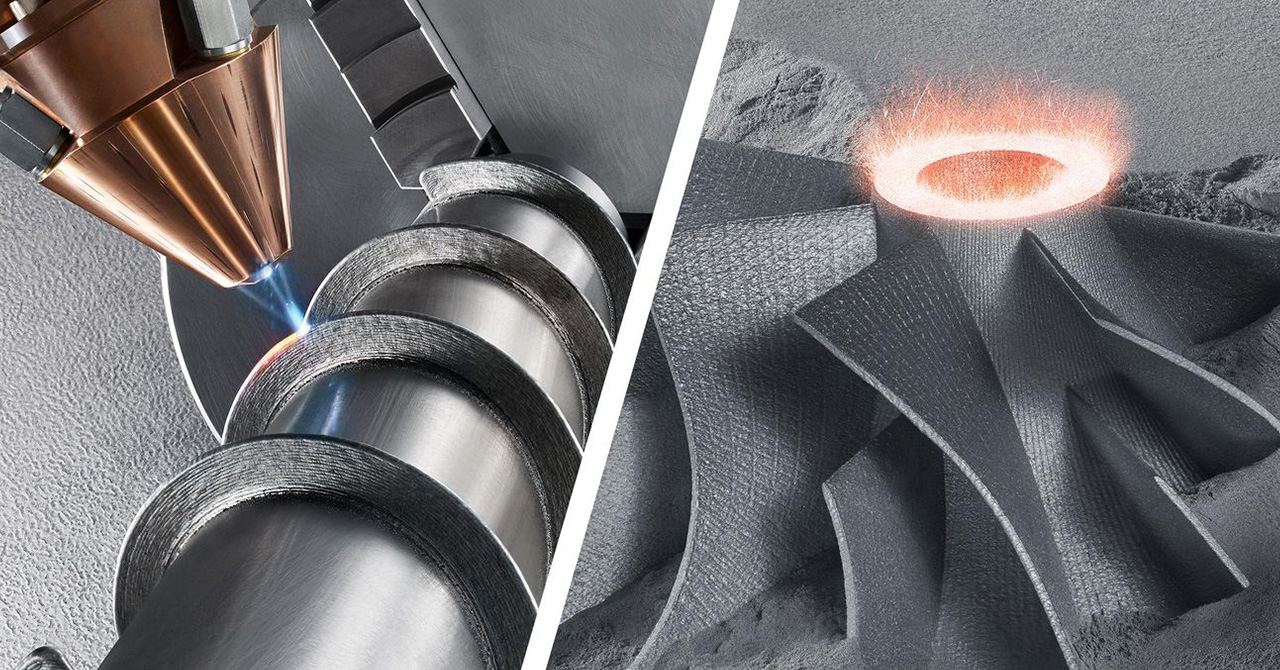High strength and light weight, especially compared with high-strength steel or aluminum, fiber-reinforced composite materials are particularly excellent. Whether it is carbon fiber, glass fiber or aramid fiber, fiber-reinforced composite materials are ideal materials for industries that require the installation of many lightweight structural elements (such as aerospace, automotive and wind power industries). It is often difficult to process fiber composites because the primary problem is: stubbornness and sensitivity. Therefore, it brings multiple challenges in all mechanical cutting processes. The laser has great potential for high-efficiency processing because of its non-contact operation and absolutely no wear. Even thin and light FRP parts can be cut accurately, without the need for the material to bear the mechanical or auxiliary material load.
Cutting fiber reinforced synthetic materials
Views:
Previous :
Additive manufacturing
Next :
None
Previous :
Additive manufacturing
Next :
None
Copyright© 2021 Dongguan Golden nine Laser Technology Co., Ltd. Powered by www.300.cn
Copyright© 2021 Dongguan Golden nine Laser Technology Co., Ltd.
搜索

 Language
Language






